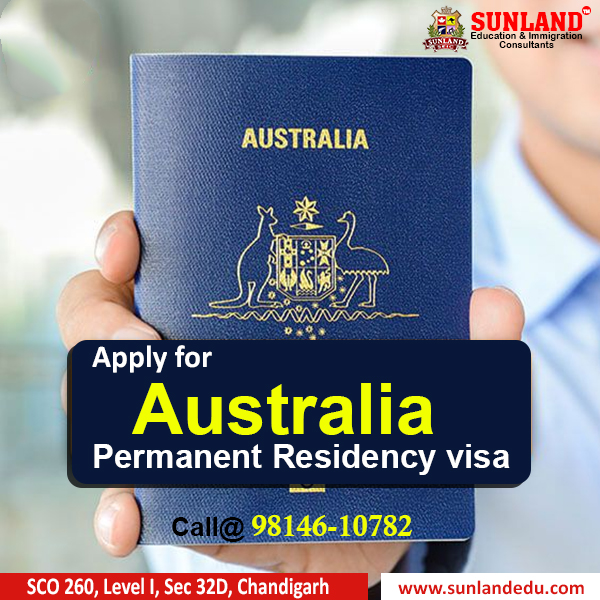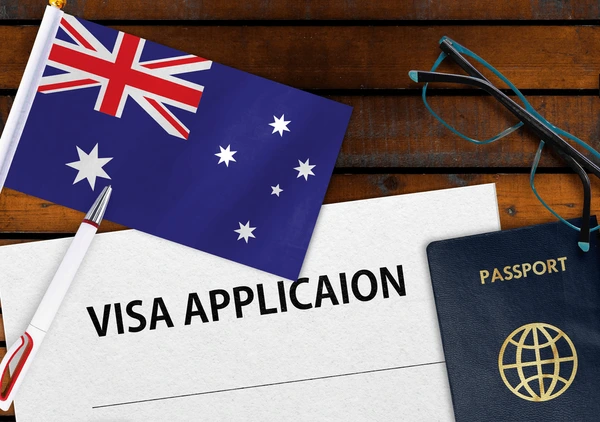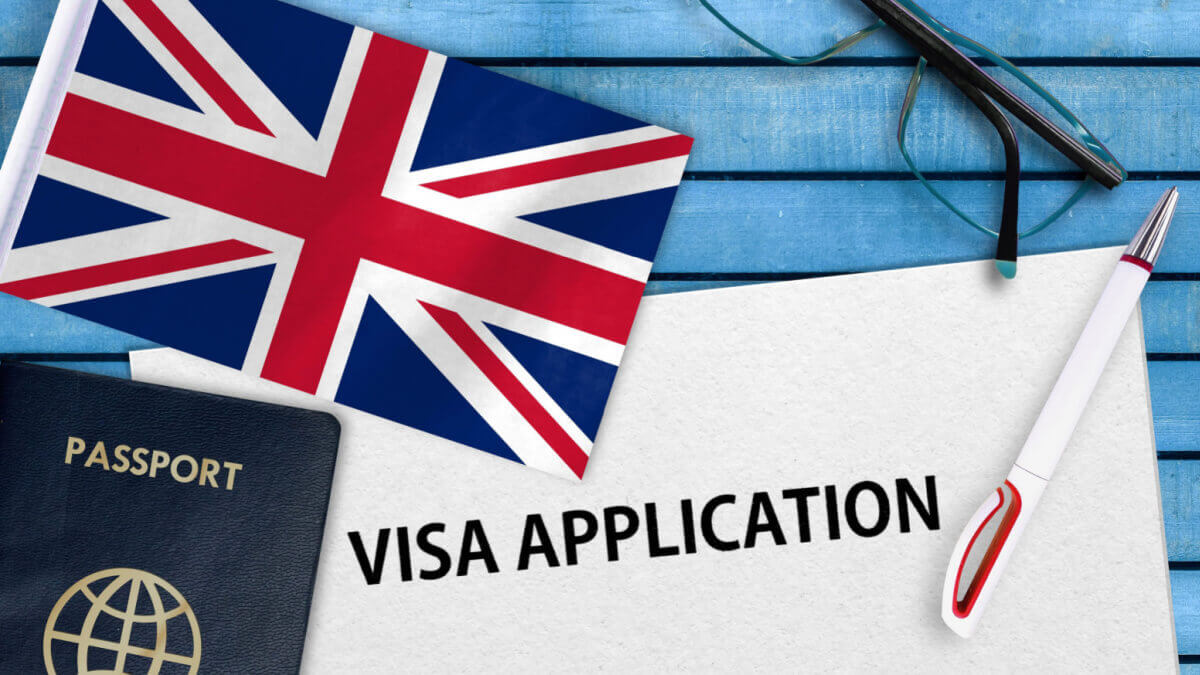Australia, with its stunning landscapes, vibrant cities, and robust economy, has become a coveted destination for people seeking a new place to call home. For many, the journey goes beyond a temporary stay, aiming for the prized status of Permanent Residency (PR). In this comprehensive guide, we’ll delve into the intricacies of obtaining Permanent Residency in Australia, exploring the various pathways, requirements, and the life-changing benefits it offers.
Understanding Permanent Residency in Australia
What is Permanent Residency
Permanent Residency is a coveted immigration status in Australia that allows individuals to live, work, and study in the country on a long-term basis. Unlike temporary visas, PR is not time-limited, providing a sense of security and stability for those who attain it. Permanent residents enjoy most of the rights and privileges of Australian citizens, with some exceptions, such as voting in federal elections.
Benefits of Permanent Residency
- Work and Study Freedom: PR holders have the right to work and study in any field of their choice, without the need for sponsorship.
- Access to Healthcare: Permanent residents are eligible for Medicare, Australia’s public healthcare system.
- Social Security Benefits: PR holders may be eligible for social security benefits, including unemployment and sickness benefits.
- Travel Privileges: Permanent residents can travel in and out of Australia without the need for a visa. However, there are some considerations to keep in mind.
- Pathway to Citizenship: PR is often a stepping stone to Australian citizenship, allowing individuals to become full-fledged members of the Australian community.
Pathways to Permanent Residency
Skilled Migration
General Skilled Migration (GSM)
The General Skilled Migration program is designed for individuals with skills in demand in the Australian labor market. This pathway includes several visa subclasses, such as the Skilled Independent visa (subclass 189), Skilled Nominated visa (subclass 190), and Skilled Work Regional (Provisional) visa (subclass 491).
Employer-Sponsored Visas
For those sponsored by an Australian employer, Employer-Sponsored visas like the Subclass 186 (Employer Nomination Scheme) and Subclass 482 (Temporary Skill Shortage) can lead to Permanent Residency.
Family Reunion
The Family Reunion program allows family members of Australian citizens, Permanent Residents, or eligible New Zealand citizens to migrate to Australia. The visas under this category include Partner visas, Parent visas, and Child visas.

ALSO APPLY: Spark your career in Canada! Get hired for Electrical jobs in top Cities
Humanitarian Programs
Australia’s commitment to humanitarian values is reflected in its Humanitarian Programs, providing refuge and permanent settlement for people facing persecution or conflict. The visas under this category include the Refugee and Humanitarian (Class XB) visas.
Business and Investment
The Business Innovation and Investment Program offers a pathway to PR for individuals with a successful business or investment history. Subclasses under this category include the Business Talent visa (subclass 132) and the Investor visa (subclass 891).
Distinguished Talent
The Distinguished Talent visa (subclass 124/858) is for individuals who have an internationally recognized record of exceptional achievement in a profession, sport, the arts, or academia.
Key Requirements for Permanent Residency
Eligibility Criteria
Eligibility criteria vary based on the visa subclass, but common requirements include:
- Age: Many visas have age restrictions, with certain visas having an age limit for applicants.
- Occupation Skills Assessment: For skilled migration visas, applicants often need to undergo a skills’ assessment relevant to their nominated occupation.
- English Language Proficiency: Proficiency in English is a common requirement, demonstrated through standardized tests like IELTS or PTE.
- Health and Character Checks: Applicants must undergo health examinations and provide police clearance certificates to ensure they meet health and character requirements.
Points System
Several visas, especially those under the General Skilled Migration program, operate on a points-based system. Points are awarded based on factors such as age, English language proficiency, qualifications, and work experience. Meeting the minimum points threshold is crucial for eligibility.
Expression of Interest (EOI) and Invitation
For certain visas, including those under the Skilled Migration program, applicants need to submit an Expression of Interest through an online system. Invitations to apply for a visa are then issued based on factors like the number of points and the demand for specific skills.
Sponsorship and Nomination
Some visa subclasses, like the Skilled Nominated visa (subclass 190) and the Employer Nomination Scheme visa (subclass 186), require sponsorship or nomination by an Australian state or territory government, or an eligible employer, respectively.
The Application Process
Lodging the Visa Application
Once an applicant receives an invitation, they can proceed to lodge their visa application. This involves submitting detailed documentation supporting the claims made in the Expression of Interest.
Waiting Periods
The processing times for Permanent Residency visas can vary depending on factors such as the visa subclass, the completeness of the application, and the volume of applications. During this period, applicants are often required to undergo health and character assessments.
Visa Grant
Upon successful processing, applicants receive a visa grant, officially conferring Permanent Residency status. This marks the beginning of their new life as a permanent resident in Australia.
Maintaining Permanent Residency
Residency Obligations
Permanent residents must meet certain residency obligations to maintain their status. This generally involves residing in Australia for a specified number of days in a given period, typically two years out of the last five.
Renewal and Citizenship
Permanent Residency does not expire, but the initial visa may have travel conditions. To travel in and out of Australia, residents may need to apply for a Resident Return visa. Additionally, Permanent Residency is often a pathway to Australian citizenship, allowing individuals to fully integrate into Australian society.
Challenges and Considerations
Changing Immigration Policies
It’s essential to stay informed about changes in immigration policies, as they can impact the eligibility criteria and processes for obtaining Permanent Residency.
Employment Challenges
While Permanent Residency provides the freedom to work in any field without sponsorship, some challenges may arise in securing employment, especially in highly competitive sectors.
Cultural Adjustment
Adapting to a new culture and lifestyle can be both exciting and challenging. Building a support network and seeking assistance from settlement services can ease the transition.
Conclusion
Obtaining Permanent Residency in Australia is a significant milestone that opens the door to a world of opportunities. Whether it’s pursuing a career, furthering education, or building a family, PR offers a stable foundation for a fulfilling life. Navigating the complex immigration landscape requires diligence, preparation, and a clear understanding of the chosen pathway. As applicants embark on this journey, they find themselves on the threshold of a new chapter—one filled with possibilities, growth, and the promise of a vibrant future down under.






